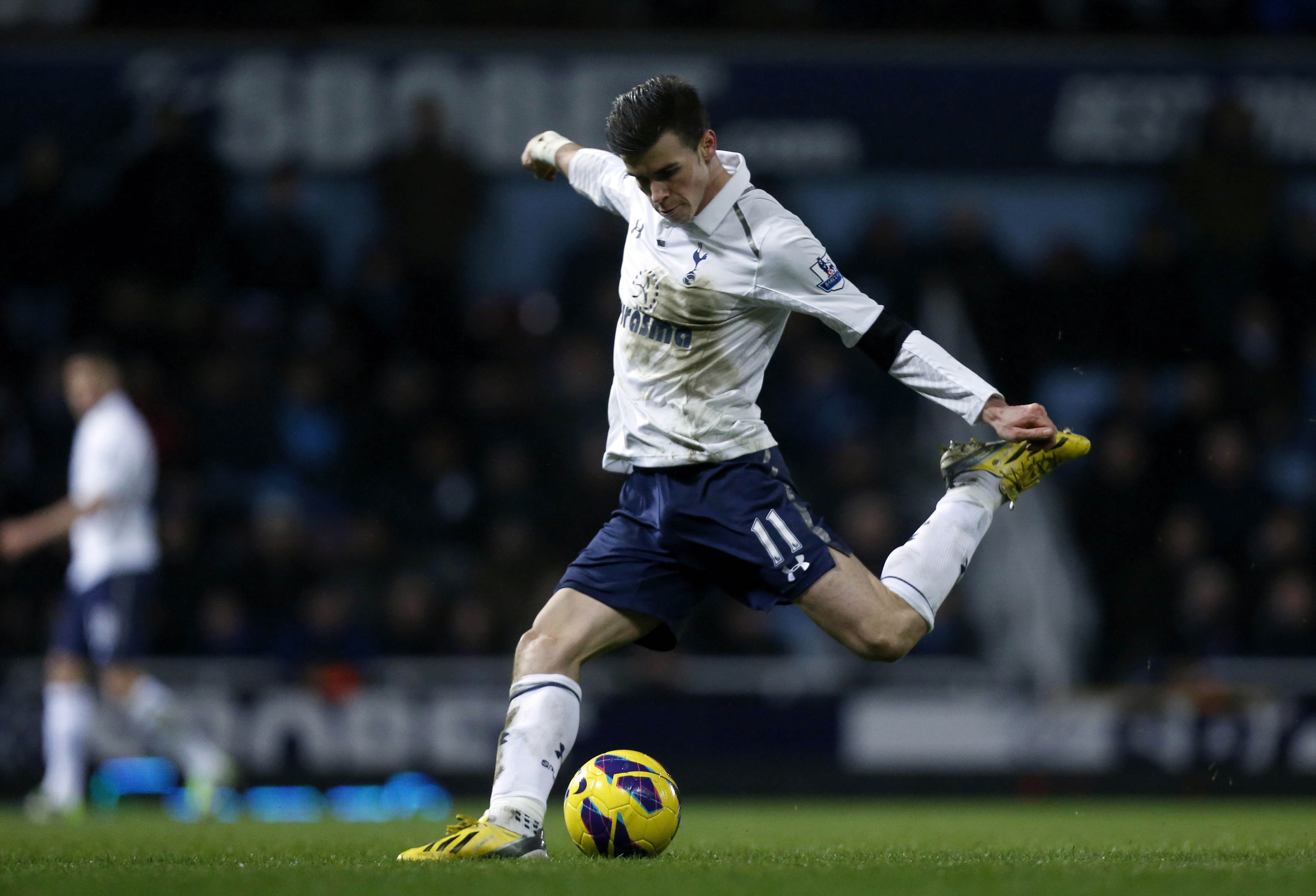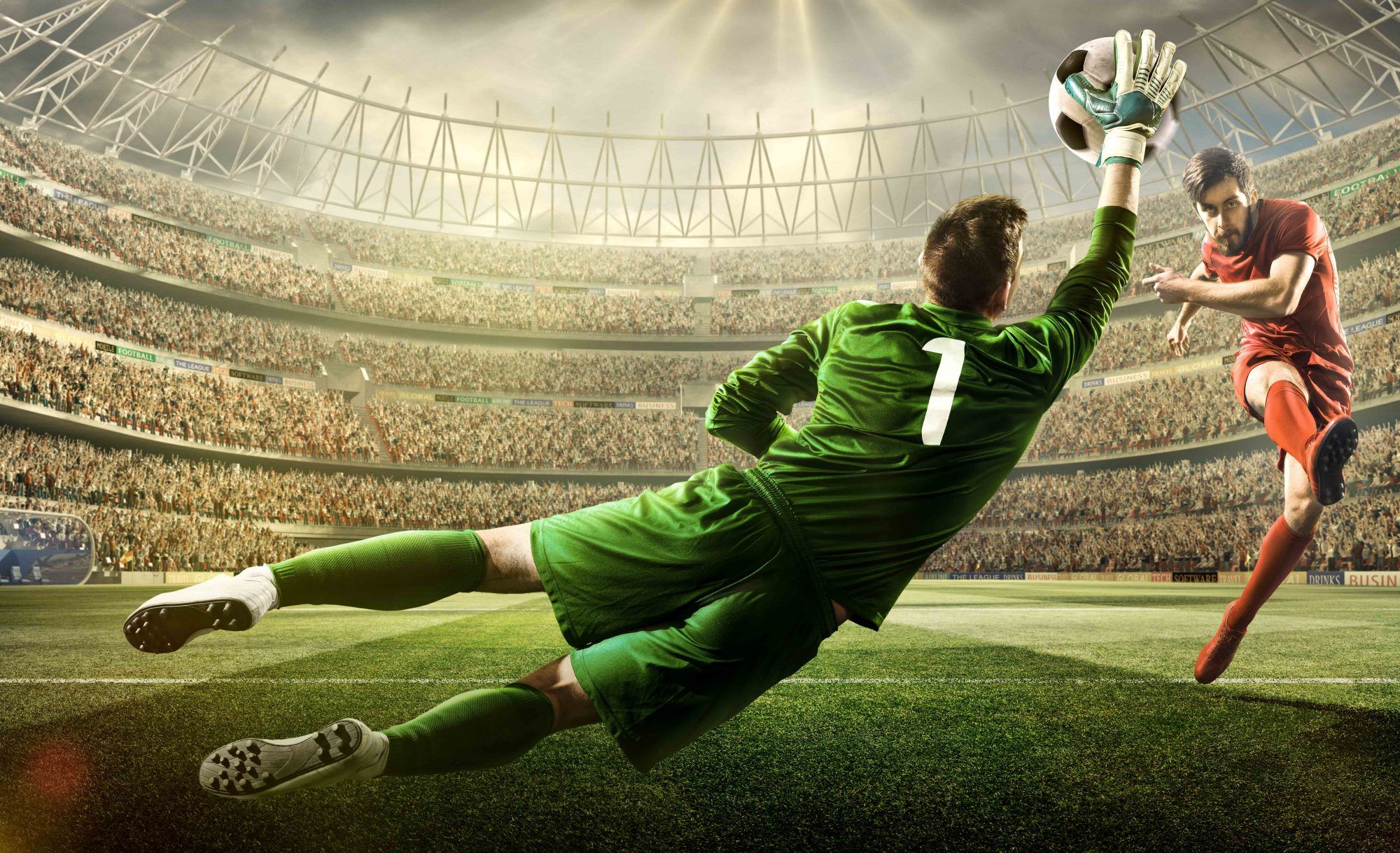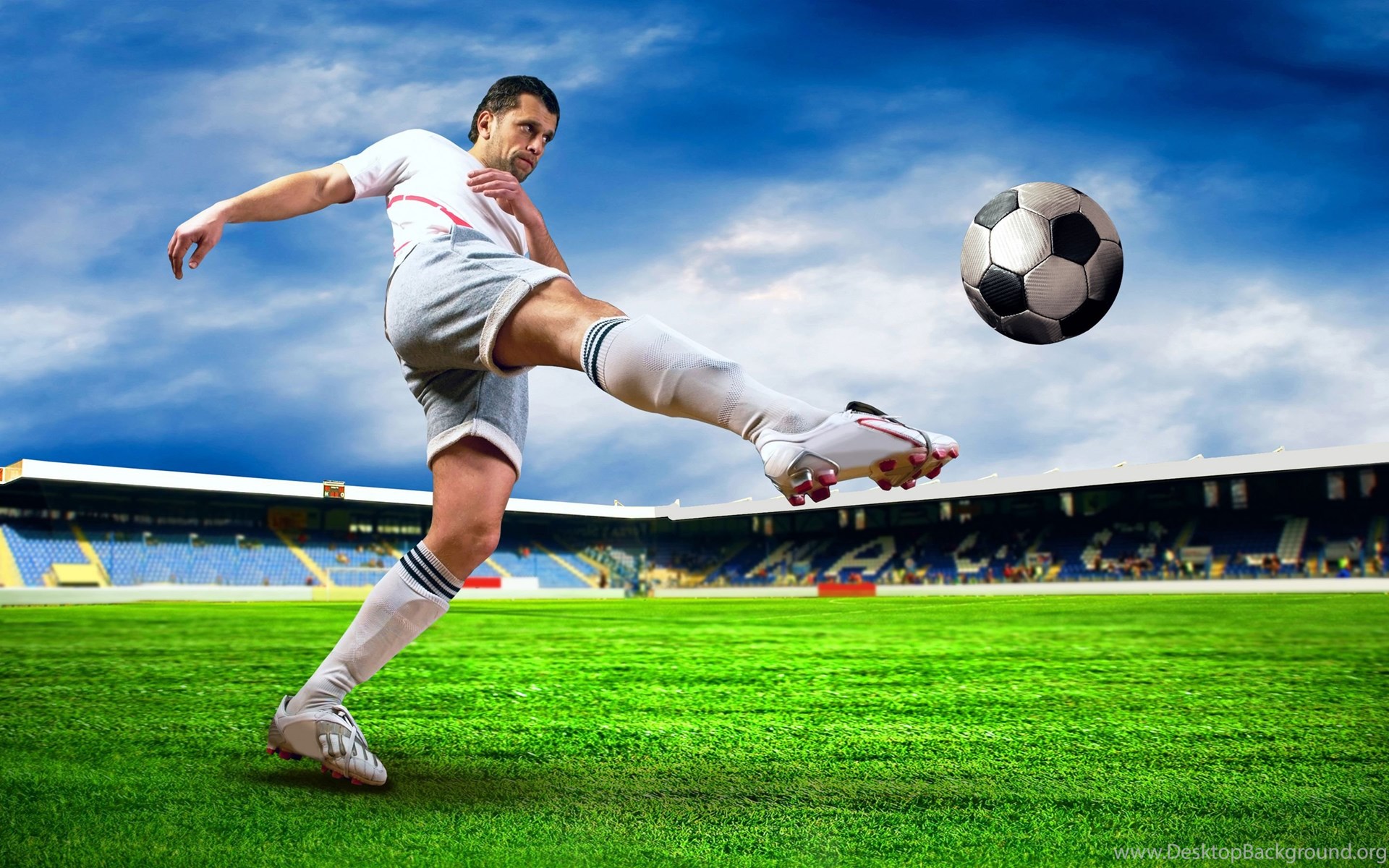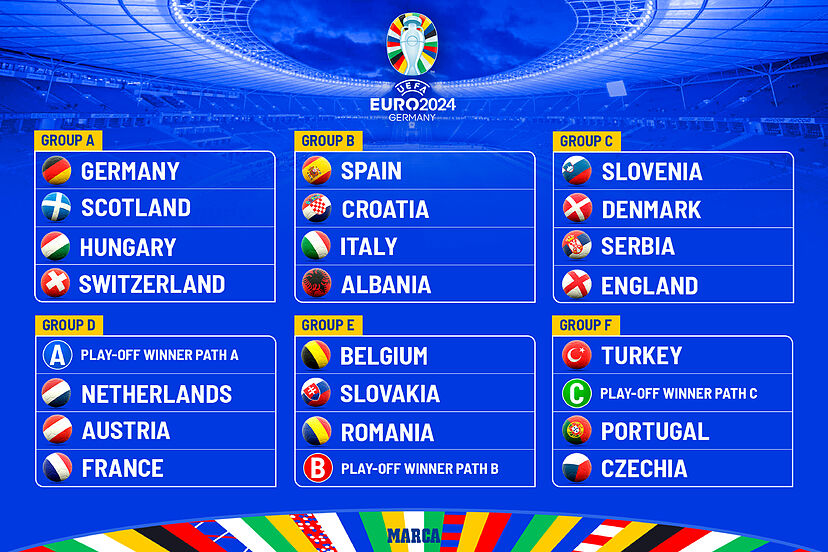Soccer, known for its thrilling moments and breathtaking goals, is a sport where the speed of a kicked ball can make all the difference. As soccer enthusiasts, we often wonder, “How fast is a soccer ball kicked?” In this blog, we’ll explore the dynamics behind a kicked soccer ball’s speed and the factors contributing to those lightning-fast shots.
Decoding the Velocity: How Fast is a Soccer Ball Kicked?
To understand how fast a soccer ball is kicked, we must first investigate the science behind the sport. Various factors, including the player’s strength and technique, the pitch’s surface, and the game’s specific circumstances, influence the speed of a kicked ball.

The power generated by a player’s leg muscles plays a pivotal role in determining the initial speed of a kicked ball. Professional soccer players are known for their exceptional strength and conditioning, allowing them to generate significant force when striking the ball. Additionally, the technique employed, whether a finesse shot, a powerful drive, or a bending free-kick, contributes to the ball’s ultimate velocity.
Also Read: https://megadportevents.com/can-you-take-pre-workout-before-a-football-game/
The surface of the pitch also plays a crucial role in the speed of a kicked soccer ball. A well-maintained grass field provides less friction, allowing the ball to glide smoothly and maintain momentum. On the other hand, artificial turf or uneven surfaces can impact the ball’s speed and trajectory.

Record-Breaking Shots: Instances of Unbelievable Ball Speeds
In soccer, certain moments stand out for the incredible speed at which the ball is kicked. One notable record is held by Brazilian soccer legend Roberto Carlos, whose free-kick against France in 1997 left spectators in awe. With an astonishing speed of around 131 miles per hour (211 km/h), Carlos showcased the potential for extraordinary ball speeds in professional soccer.
Also Read: https://megadportevents.com/average-corner-kicks-in-a-soccer-game/
Similarly, modern-day stars like Cristiano Ronaldo and Lionel Messi consistently demonstrate remarkable ball-striking abilities, unleashing shots with incredible power and precision. These instances showcase not only the skill of the players but also the advancements in training techniques and equipment that contribute to the speed of a soccer ball in today’s game.

The Impact of Technology: Tracking and Analyzing Ball Speeds
Advancements in sports technology have allowed for the precise measurement and analysis of ball speeds in soccer. High-speed cameras, radar systems, and other tracking devices provide valuable insights into the dynamics of each kick. This data not only aids in performance analysis for players and teams but also adds an extra layer of excitement for fans eager to know how fast their favorite players can kick the ball.
Also Read: https://megadportevents.com/best-centre-forward-in-the-world/
Conclusion: Appreciating the Speed and Skill in Soccer
In conclusion, “How fast is a soccer ball kicked?” is multifaceted, influenced by the intricate interplay of player strength, technique, pitch conditions, and technological advancements. As soccer enthusiasts, we continue to be mesmerized by the incredible feats of speed displayed on the pitch by our favorite players.
So, the next time you witness a breathtaking goal or a powerful free-kick, take a moment to appreciate not just the result but the sheer speed and skill behind the kicked soccer ball. These moments make soccer a genuinely exhilarating and dynamic sport, where the quest for speed excites the beautiful game.





